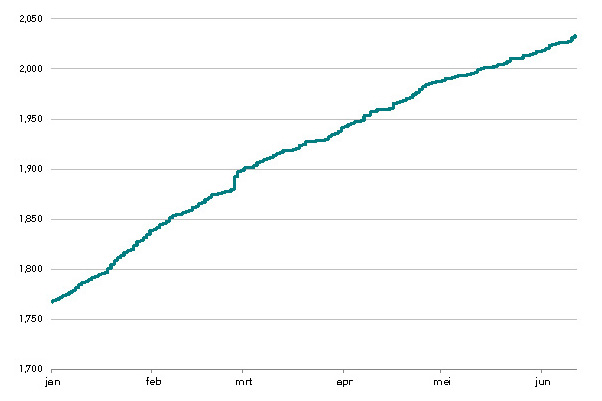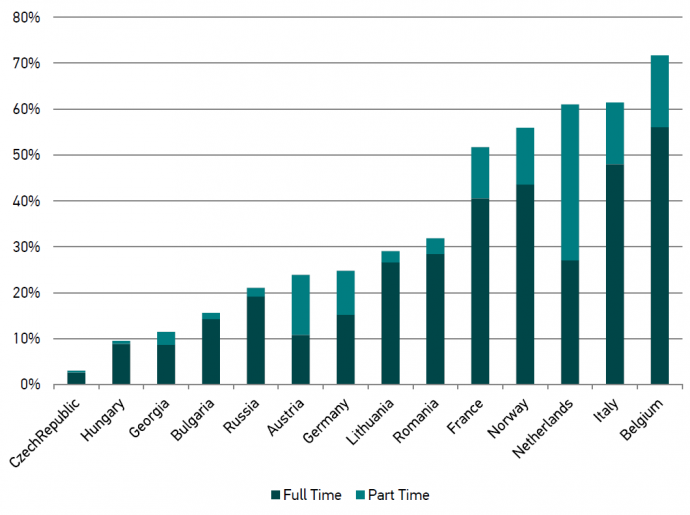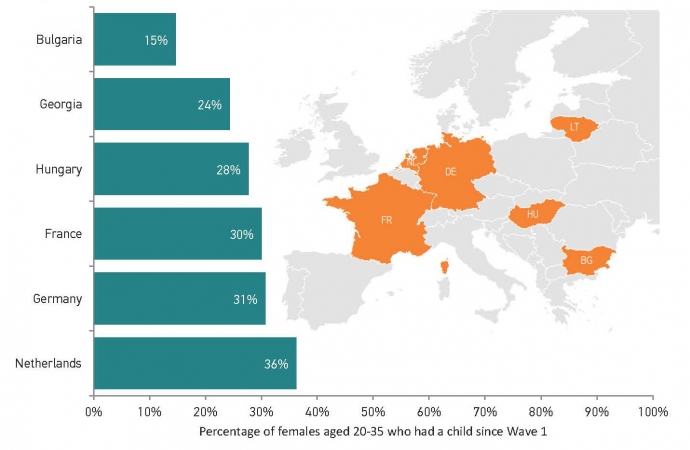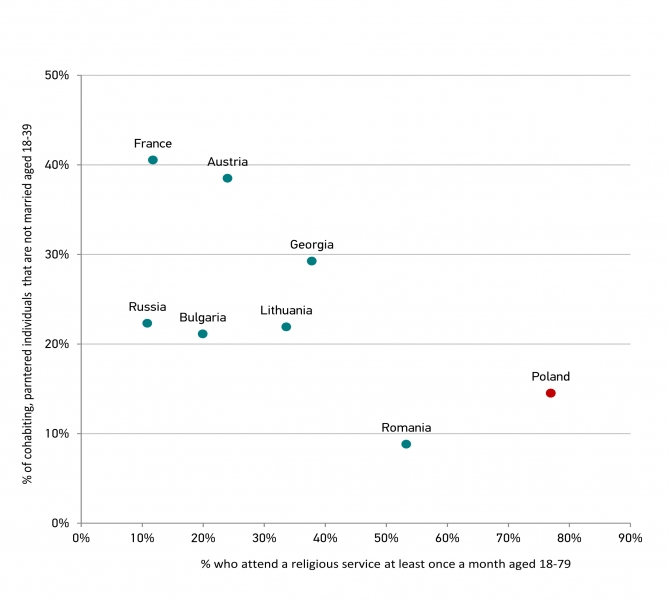The GGP is now over 14 years old and yet it continues to grow with the release of new data and an ever increasing number of users. Did you know that the number of users of the GGP has grown by 33% in the last 12 months alone and recently passed the 2,000 mark? This number is expected to continue to increase over the next year as data from the Austria, Czech Republic, Italy, Russia and Sweden is made available to users. The use of the GGP by the research community is further evidenced by the number of presentations at this month’s European Population Conference where 45 presentations will draw on GGP data as well as a further 16 posters. The number of studies based on GGP data in top journals also continues to increase as can be seen on page 2 where a handful of recent articles are detailed.
Registered users of the Generations and Gender Program in 2014

The GGP is now over 14 years old and yet it continues to grow with the release of new data and an ever increasing number of users. Did you know that the number of users of the GGP has grown by 33% in the last 12 months alone and recently passed the 2,000 mark? This number is expected to continue to increase over the next year as data from the Austria, Czech Republic, Italy, Russia and Sweden is made available to users. The use of the GGP by the research community is further evidenced by the number of presentations at this month’s European Population Conference where 45 presentations will draw on GGP data as well as a further 16 posters. The number of studies based on GGP data in top journals also continues to increase as can be seen on page 2 where a handful of recent articles are detailed.
Registered users of the Generations and Gender Program in 2014

One of the main subjects covered in the Generations and Gender Programme (GGP) is the interaction between work and family life. The graph below shows that maternal employment varies considerably across European Countries. These differences could be caused by a large variety of social, economic or cultural factors. The GGP is an invaluable tool for exploring this as it is the only data source that covers such a diverse range of indicators including values and attitudes, the distribution of household work, childcare availability and usage, policy indicators, work and educational histories, financial circumstances, social networks, housing conditions and the respondents beliefs, intentions andexpectations. These indicators, combined with the longitudinal and comparative design of the survey, make the GGP uniquely positioned to answer many pressing questions.
Percentage of Mothers with Children under 3 who are employed

Source: Generations and Gender Survey, Wave 1, – available here.
The GGP now has an interactive bibliography that makes it possible for data users to submit their own publications, presentations and papers. We hope that this will make it easier to record and keep track of publications using GGP data. This is vital in demonstrating the value of the GGP to stakeholders and funding agencies. We would therefore be very grateful if you could take a few minutes to check whether we have recorded all your theses, papers, presentations, dissertations, reports and book chapters. If any are missing then you can log in to the GGP website and add whatever is missing. This will help ensure we are measuring the full extent of the GGP’s impact.

The longitudinal design is a key aspect of the Generations and Gender Survey. As more wave 2 data becomes available, researchers are able to take advantage of the many benefits that longitudinal data brings. One of these advantages is the ability to observe events such as the birth of a child. The figure below illustrates that the percentage of women aged 20-35 who had a child between wave 1 & 2 varies considerably across countries. Due to the vast array of variables contained in the data, researchers will be able to investigate whether this is due to differing social norms, institutional constraints or some other factors. As we enter 2014, the GGP aims to release more and more wave 2 data to the public and support this longitudinal, comparative analysis.
Fertility between Waves 1 & 2 in the GGP

This issue marks the launch of Wave 1 data from Poland. This adds yet another post-communist country to the GGP alongside Bulgaria, Georgia, Hungary, Lithuania, Romania and Russia. Poland is well known as having a unique attitude towards organised religion among these countries given its strong Catholic Identity. The graph below supports this as it shows that the large majority of Polish people have attended a religious ceremony in the last month. This religiosity may have considerable consequences for demographic behaviour as evidenced here where there appears to be a strong relationship between attending religious services and individuals cohabiting outside of marriage.
Religious Service Attendence and Cohabitation outside of Marriage

Fill the form below with your contact information to receive our monthly GGP at a glance newsletter.
